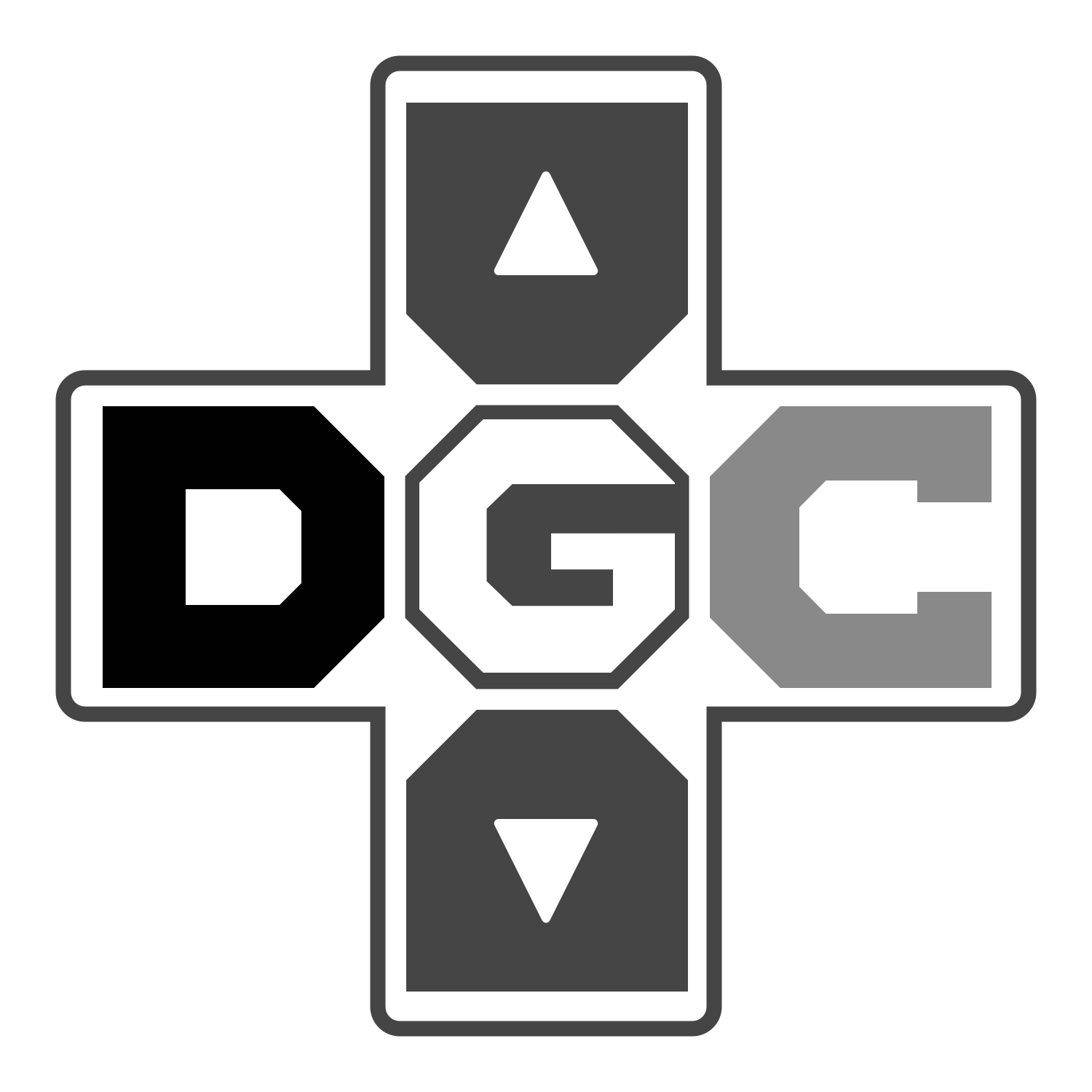DGC Ep 171: Castlevania SotN (part one)
Welcome to Dev Game Club, where we continue our Castlevania discussion with the game that renamed a genre. We talk about the year it came out, the structure of the game, and then delve into its many surprising RPG elements. Dev Game Club looks at classic video games and plays through them over several episodes, providing commentary.
Sections played:
A few hours in
Issues covered: games of 1997, the PlayStation cycle, where this game fits on the Castlevania history, sticking with 2D, pushing the transition to polygons, similarities with Super Metroid, the large number of relics, lacking map markers of any kind, needing to have made a map, spending a lot of time covering the map again, reasons why QoL doesn't get in, being primarily melee, adding action feel through melee, using the ranged subweapons, new subweapon mechanics for switching, changing into a wolf or bat (vespertilionize: a real word), being able to turn off relics, giving the player more options to customize the experience, offering too many options for player attention, the opening battle against Dracula, switching up characters, connecting the games, having slots for armor, leaning into the gothic with character design, being able to cast spells with combos, customization options that feel like classes, effects of leveling up, the history of adding RPG elements to games, RPG elements vs progression mechanics, making interesting choices about character, why the structure of Metroidvanias works for Tim, unification and motivation of mechanics and exploration, contrasting with open world games with lots of exploring, acquiring more verbs and designing to the addition of verbs, the resilience of the genre, mixing in these mechanics can work, the game you imagine vs the game you get, the reality of budgets, finding new features that weren't in the first game of a series, business forces, not living up to expectations, the expenses of development, wanting the developers to be excited about what they're doing, FPGAs vs software emulators and clone consoles, ultra-hobby options, having a wealth of options to play, preserving history, companies being poor at preservation.
Games, people, and influences mentioned or discussed: Fallout, Goldeneye, Gran Turismo, Ultima Online, Jedi Knight, Mario Kart 64, Tekken 3, Harvest Moon, Myth: The Forgotten Lords, Final Fantasy VII, Riven: The Sequel to MYST, Dungeon Keeper, Final Fantasy Tactics, Curse of Monkey Island, Total Annihilation, Colony Wars, Age of Empires, Blade Runner, Westwood Studios, X-Wing vs TIE Fighter, PlayStation, Tomb Raider, Soul Reaver, PSP, SNES, TurboGrafx-16, Virtual Console, Wii, Koji Igarashi, Bloodstained: Ritual of the Night, Super Metroid, Metroid Prime (series), The Return of Samus, Nintendo 3DS, Metal Gear Solid 2, Arkham Asylum (series), Assassin's Creed, Dead Cells, Guacamelee, Axiom Verge (obliquely), Darksiders, Gothic Chocobo, Yooka-Laylee, Banjo-Kazooie, Mighty Number 9, Mega Man, Pokemon, Game Freak, Capcom, Jeff Gerstmann, Giant Bomb, Pink Gorilla, Starfighter, Star Wars: Racer, Eric Johnston, Jedi Starfighter, Republic Commando, Steve Dykes, Game Makers Toolkit, Mark Brown.
Links:
Super Mario 3D World's 4 Step Level Design
Analysing Mario to Master Super Mario Maker
The World Design in Castlevania: Symphony of the Night
Next time:
Through Olrox
https://twitch.tv/brettdouville, @timlongojr, and @devgameclub
DevGameClub@gmail.com
